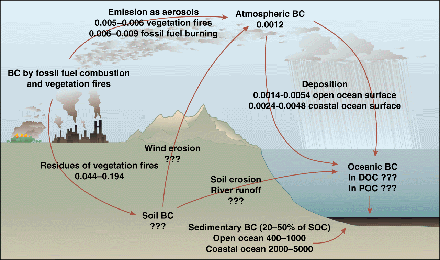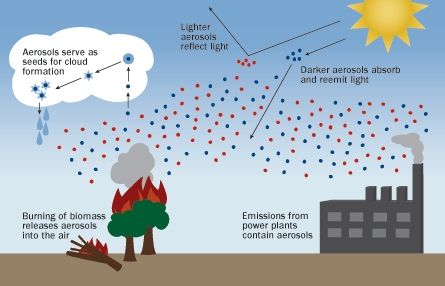Relevance: Prelims: Environment
Why in news?
- India is the second largest emitter of black carbon in the world, with emissions expected to increase dramatically in the coming decades, says an April 2019 study in the journal Atmospheric Research, with the Indo Gangetic plains said to be the largest contributor.

Key highlights:
- Black carbon concentrations near the Gangotri glacier rose 400 times in summer due to forest fires and stubble burning from agricultural waste, and triggered glacial melt, says a study by scientists at the Wadia Institute of Himalayan Geology (WIHG).
- Black carbon results from the incomplete combustion of fossil fuels and biomass. The fine particles absorb light and about a million times more energy than carbon dioxide. It is said to be the second largest contributor to climate change after CO2.
- But unlike CO2, which can stay in the atmosphere for years together, black carbon is short-lived and remains in the atmosphere only for days to weeks before it descends as rain or snow.
- The concentration varied from a minimum of 0.01μg/cubic metre in winter to 4.62μg/cubic metre during summer. Being a pristine zone far from sources of pollution, the measurements are critical to establishing a baseline for pollution loads and estimating the contribution of various sources to pollution.
- Black carbon absorbs solar energy and warms the atmosphere. When it falls to earth with precipitation, it darkens the surface of snow and ice, reducing their albedo (the reflecting power of a surface), warming the snow, and hastening melting.
- Diagram showing the impact of black carbon:

For more such notes, Articles, News & Views Join our Telegram Channel.
Click the link below to see the details about the UPSC –Civils courses offered by Triumph IAS. https://triumphias.com/pages-all-courses.php

